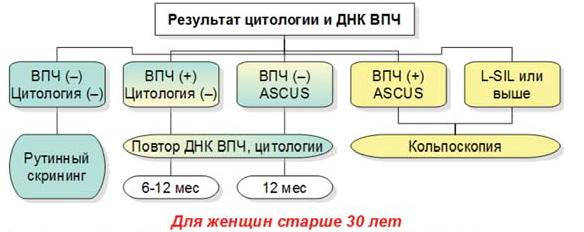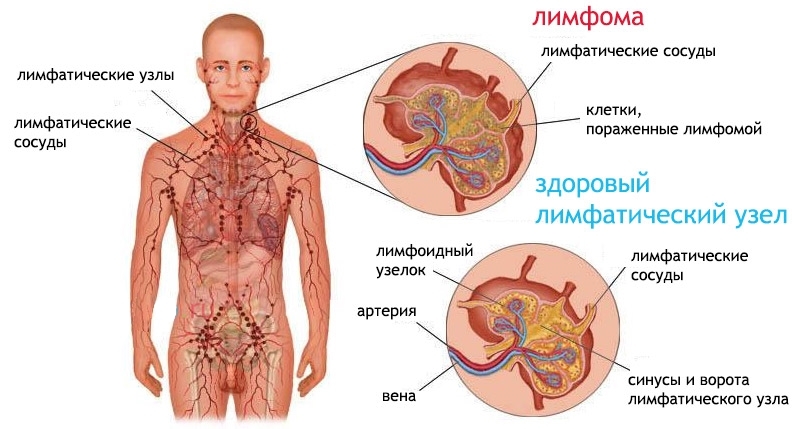Benign breast tumor

Benign breast tumors are a term commonly used to describe any heterogeneous changes in breast tissue that are not cancerous. This kind of changes somehow happen in almost all women, especially over 30 years of age. They often complain of irregularities, thickenings, bumps or nodules, and sometimes the appearance of unpleasant sensations and even pain. There are so many different conditions and diseases of the breast that in fact the term "benign breast tumors" can only mean one thing - it is not cancer.
Lipoma
This is a benign tumor that originates from adipose tissue. Lipomas are found everywhere where there is the presence of adipose tissue. Most often, lipoma occurs in the subcutaneous fat, and rarely in the mammary gland.
The exact causes of the appearance of lipomas in the chest are unknown. The main thing is that it does not pose a danger. In general, lipomas in the subcutaneous fat can be regenerated into liposarcomas, but in the mammary gland liposarcoma is almost an exceptional phenomenon. The lipoma itself does not degenerate into cancer. Lipoma, as a rule, is recommended to be removed only because it leads to skewing, deformity of the breast. The operation is performed purely for cosmetic purposes.
Fibroadenoma
This is also a benign tumor, but it occurs from the glandular tissue of the mammary glands. The causes of the onset and development of fibroadenoma are also not known. Usually, a woman discovers fibroadenoma. Such neoplasms are defined in the mammary gland in the form of a "ball", which has a smooth surface and distinct contours. Fibroadenoma is mobile. Sometimes it intensively increases - two or three times in a few months.
Fibroidadenoma can not degenerate into cancer. It can not be cured medically. Neither hormone-containing drugs nor oral contraceptives, nor any kind of medicinal and homeopathic remedies, can eliminate fibroadenoma. It can be removed only surgically.
There are separate indications for the removal of fibroadenoma:
- rapid increase in fibroadenoma( removal of a large tumor leads to a cosmetic defect, so early removal of fibroadenoma with its rapid growth prevents such consequences);
- suspected cancer( the fibroadenoma itself can simulate the development of cancer when examined and examined with ultrasound and mammography);
- large size of fibroadenoma, causing cosmetic defect;
Two types of operations are performed: enucleation and sectoral resection. The first operation is performed in the absence of suspicion of cancer, under local anesthesia through a cut of several centimeters. The defect with such an operation is minimal. Sectoral resection is the removal of the tumor and surrounding tissue and is carried out with suspicion of cancer. The visual cosmetic defect after such an operation is slightly noticeable. Fibroadenoma can occur repeatedly, although very rarely.
Cystadenopapilloma
This is a benign tumor that originates from the ducts of the mammary glands. There are multiple and single( solitary) cystadenopapilloma. The causes of the tumor are not established. The main manifestation of cystoadenopapilloma are discharge from the nipple - either serous( transparent) or bloody. Occasionally, at large sizes, the tumor itself can be probed.
Single or multiple cystadenopapillomas form an increased risk of developing dangerous breast cancer. Cystadenopapilloma itself can be regenerated, turning into breast cancer. But this does not always happen.
Doctors recommend the treatment of such tumors. Surgical intervention is carried out only with suspected malignancy. In the absence of data on degeneration, observation can be carried out. The operation is usually performed under general anesthesia and includes the removal of the breast tissue where the papilloma is located.
Previously, such operations were performed with complete removal of the nipple, which led to a cosmetic defect. Now, surgery is performed with the nipple retained. If the tumor is not located in the central zone, the usual sectoral resection is performed.



